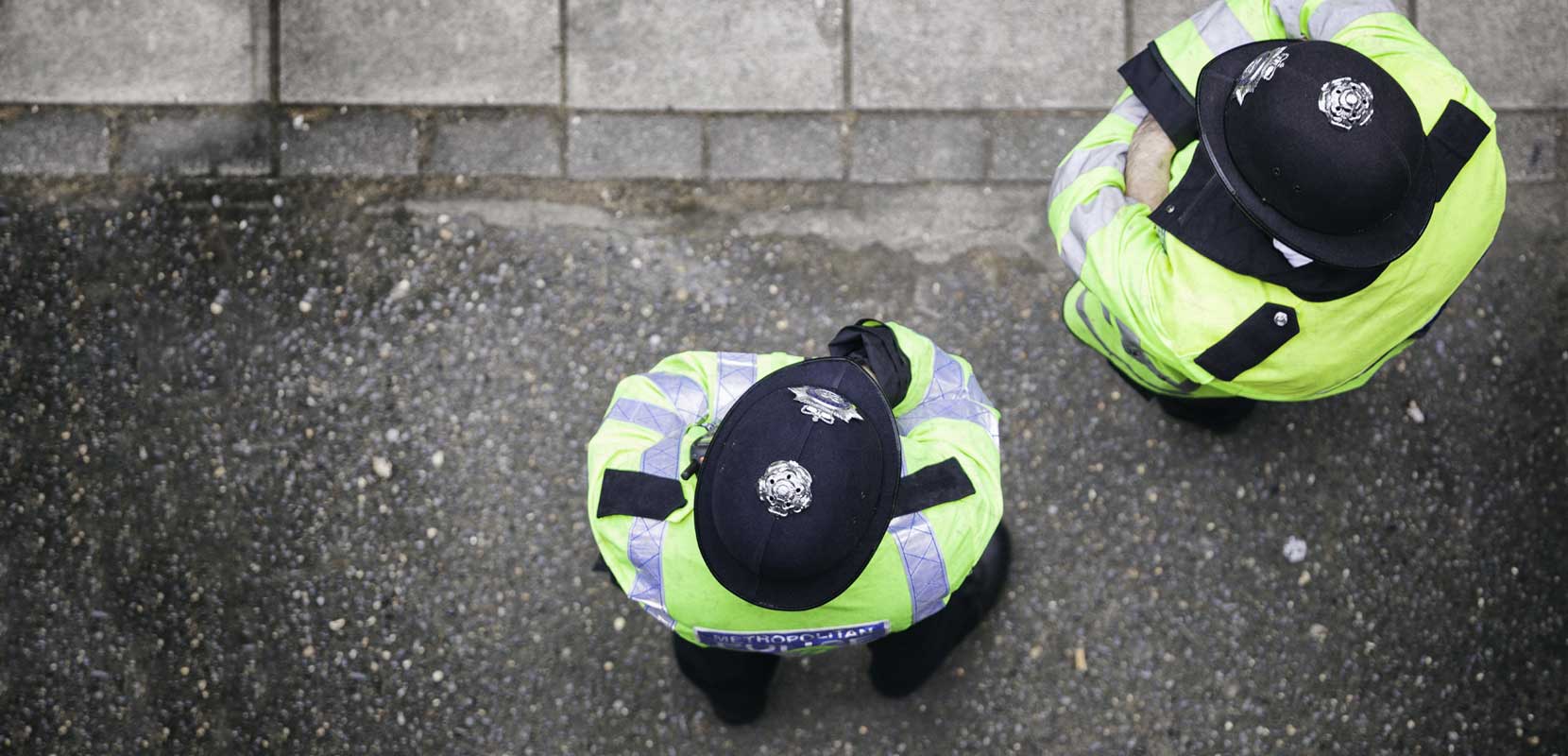As police and crime commissioners (PCCs) and mayors across England and Wales consider how best to tackle the disease of serious violence, Crest’s managing director Harvey Redgrave and Gate One, pick out some of the key learnings from our previous experience of working with the police and other public services to embed a public health approach.

The Home Office has promised £35 million in grants to PCCs and mayors to establish ‘violence reduction units’1 (VRU). This was based on the perceived success of cities like Chicago and Glasgow in a ‘public health approach’ to tackling serious violence. For the Home Secretary, this is about “bringing together education, health, social services, housing, youth and social workers, to work together more coherently”. The Mayor of London is already replicating this approach for London.
But what will a VRU actually do in practice? How should it be designed to avoid the pitfalls of previous attempts at driving system reform? What will its operating model be? Most importantly, how can PCCs and mayors ensure these units become catalysts for genuine change on the ground?
”[It's about] bringing together education, health, social services, housing, youth and social workers, to work together more coherently.
Home Secretary
1. It is critical to build a shared understanding of the problem
It is impossible to develop a coherent strategy to reduce violence unless there is an understanding of why it’s happening. Lots of information about serious violence and who is involved in it does not always translate into a deep understanding of what is going on. Understanding the links between different types of violence (from knife crime to robbery) and getting systematic data on the profile of offenders and victims (often the same people) is essential. This entails analysis of data not just of individuals caught up in the criminal justice system, but across a total place, understanding the links between school exclusion, early childhood trauma, domestic abuse and violence. While serious violence is a national problem, the profile of need will look different in different places. Granular analysis of the problem – and a shared assessment of the drivers – is therefore an early condition of success.
2. Local agencies need to be prepared to leave their individual organisational silos behind – to look holistically at a ‘place’
At the start, different agencies will have a different view of what the problem is – and what is required to respond to it – so it is important to have an evidenced strategic narrative which explains the problem that people are trying to solve and establishes some shared objectives. Many of the levers for delivering progress on violence reduction lie outside the control of a Police and Crime Commissioner (PCC) or mayor, for example, in education, in mental health services or in drug and alcohol treatment. Our recent experience of working in a major UK city on violence reduction was that bringing stakeholders on board at an early stage, using the strategic narrative, helped to build support for a genuinely public health-led approach.
3. A public health approach isn’t a substitute for enforcement
Previous experience shows that prevention works best if there is rigorous enforcement alongside it – particularly at the start. “It’s about stabilising the patient first of all”, Will Linden, former director of the Glasgow VRU, said. “We started off with policing – policing on the ground, stop and search – mass enforcement”. This may not be palatable to decision-makers, but it is necessary. Enforcement should also drive support with police intervention triggering wraparound support from other services to the families and friends of those affected by serious violence. Tough enforcement needs to be a priority for the whole local criminal justice system, including prosecutors, courts and probation – not just the police.
4. Success will depend as much, if not more, on the ability to drive system change, as on specific interventions
Policymakers tend to chase a ‘magic bullet’, when responding to a public policy emergency: identify a single intervention, which can be piloted, evaluated and then scaled up and rolled out universally. In our experience, this isn’t how change happens, particularly in the context of an issue as complex and multi-layered as serious violence. Many of the biggest barriers to dealing with violence are around failures in how the system operates – the inability to ensure school exclusion and/or persistent truancy acts as a trigger for wider intervention, or to ensure wraparound support for the siblings of gang members. Similarly, individual interventions which are successful in one context, won’t necessarily work in another or on a larger scale. Driving change locally through the system across sectors will be central to success.
5. Plan with a ‘strategy into action’ mindset to support mobilising violence reduction interventions and services
Different drivers and circumstances of the ‘disease’ of serious violence will need different prescriptions. So understanding how you and your partners’ ways of working and operating models will need to change is key to translating great strategies into clear violence reduction outcomes. Cross-organisational governance models need to be in place, with appropriately devolved decision-making, and there needs to be a strategic and deliberate investment from all parties in strengthening key relationships to tackle the place-based problem. New operating models must be underpinned by robust data and a mindset which encourages rapid experimentation. In addition, they need to be locally tailored and interconnected to partner organisations and agencies in order to drive change. Aligning organisational development plans that recognise the need for continuous improvement and interconnectivity is critical to delivery.
Crest and Gate One collaborate on crime and justice projects which combine strategic insight and analysis with operating model development and organisational design.


